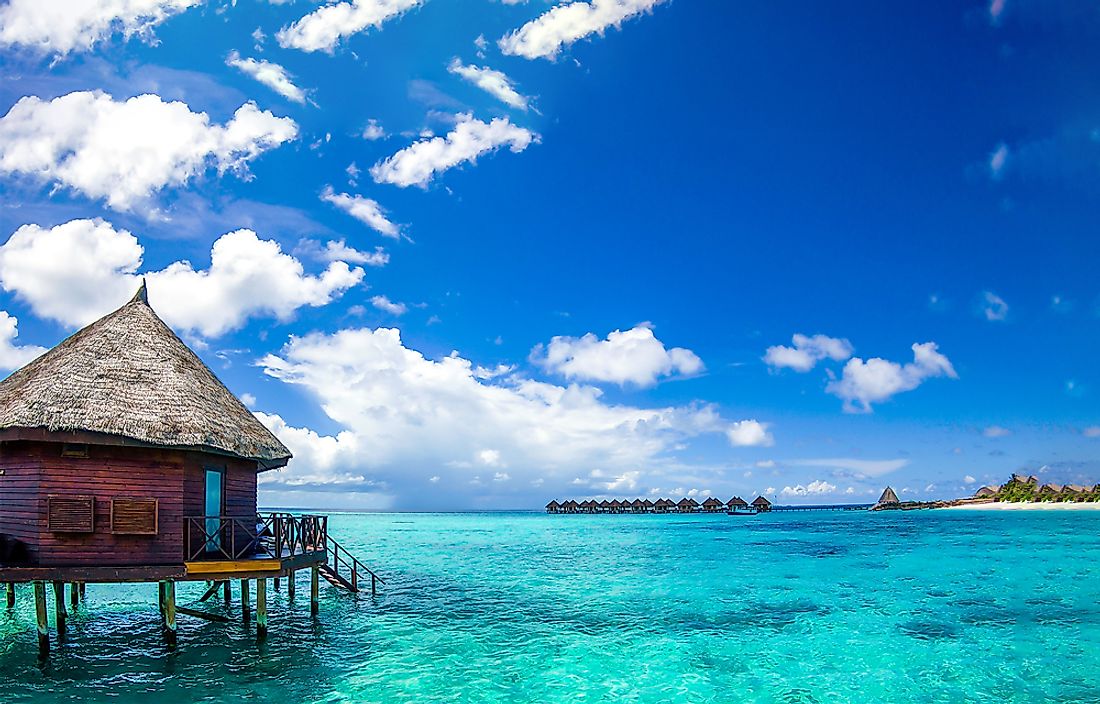
Countries That Start With The Letter P
Out of 195 countries, just a handful of them start with the letter "P" — only 10, in fact. However, these particular countries also start with two different "P" sounds: almost all of them begin with a /p/ like in "pot," while the country Philippines is pronounced with an /f/ like in "physics."
The traditional "P" sound ("pot") at the beginning of these countries' names is common enough to be found in 86% of over 3,000 languages and dialects spoken around the world. Moreover, in English, "P" appears in only 1.82% of words based on a sample of 40,000 common words. Yet, just because these countries share the same first letter does not mean that they share the same origin story; each country arrived at its name through a unique sequence of fascinating historical events, which can be discovered below.
All Countries That Begin With The Letter "P"
| Country | Population | P Phoneme |
|---|---|---|
| Pakistan | 240,485,658 | /p/ |
| Palestine | 4,685,310 | /p/ |
| Palau | 18,058 | /p/ |
| Panama | 4,468,087 | /p/ |
| Papua New Guinea | 10,329,931 | /p/ |
| Paraguay | 6,861,524 | /p/ |
| Peru | 34,352,719 | /p/ |
| Philippines | 117,337,368 | /f/ |
| Poland | 41,026,067 | /p/ |
| Portugal | 10,247,605 | /p/ |
Pakistan
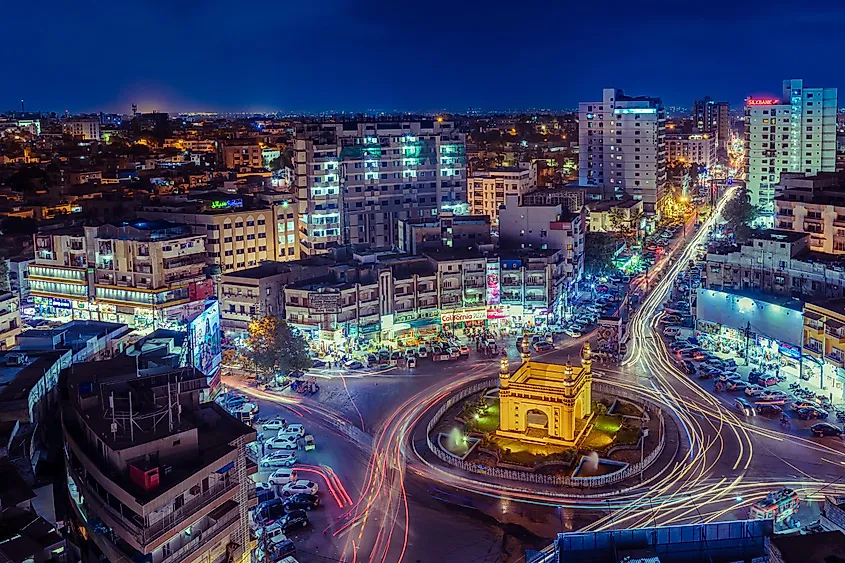
The name for Pakistan is actually an acronym that Muslim nationalist Chaudhary Rahmat Ali invented in the 1930s. Ali, along with other like-minded individuals, were strong advocates for a separate Muslim-majority nation to form in the wake of independence from the British Empire. P stands for Punjab, A for Afghania, K for Kashmir, and IS Indus-Sind. Stan means "country" or "place of" in Persian.
Located in South Asia, Pakistan borders Iran, Afghanistan, China, and India. Pakistan also has a long coastline along the Indian Ocean. Its former capital city, Karachi can also be found along this coastline - since 1967, Islamabad has been the capital. Unsurprisingly, considering its early history, Pakistan is a Muslim-majority nation, most of whom subscribe to the Sunni sect of the faith.
Palestine
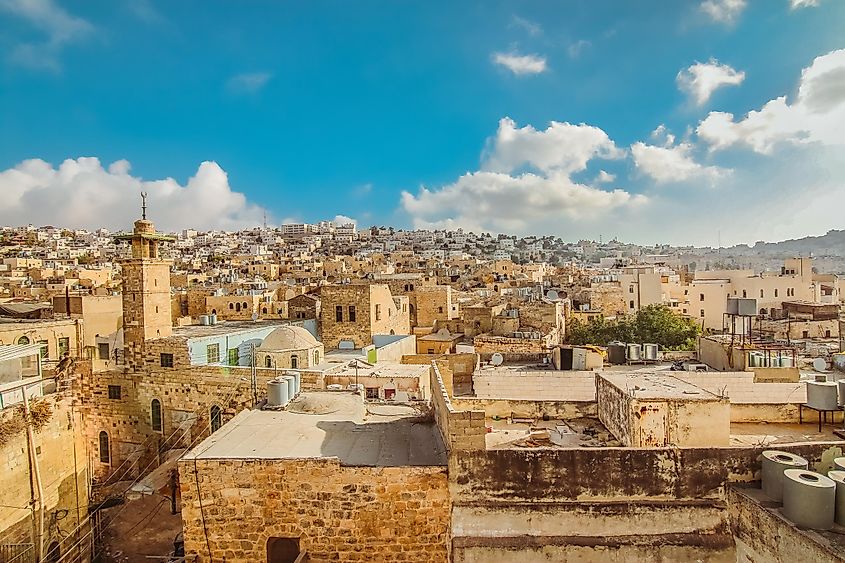
The name Palestine is believed to come from the word “Philistia.” This label refers to the Philistines who lived in this area in the 12th century B.C. The land was renamed Palestine by the Romans who did so after the majority of its Jewish population was expelled from the region in the 1st century AD.
Although not technically an official country, the UN has granted Palestine the title of an observer state. This is in spite of a majority of United Nations members recognizing Palestine as an independent state. Split into two regions, the West Bank and Gaza, these two areas are also controlled by two different governments, Hamas and Fatah.
Philippines
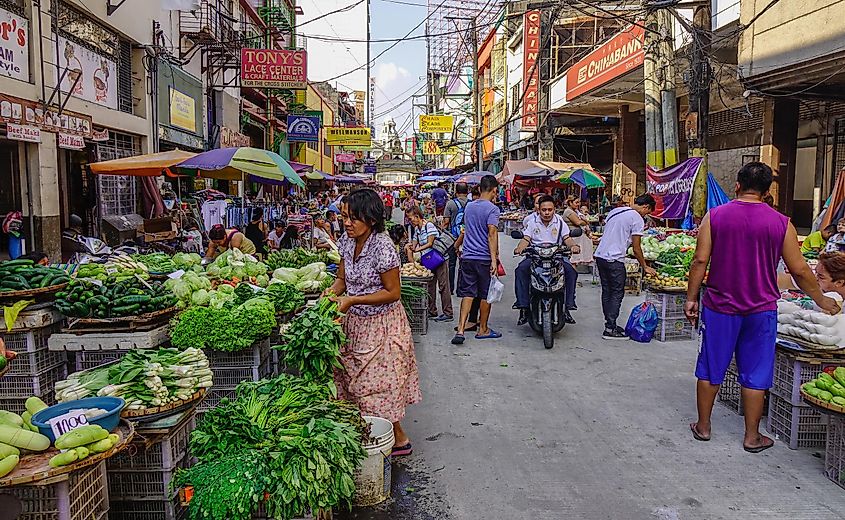
The Philippines was named after King Philip II of Spain in 1521 when the area was claimed by Portuguese explorer Ferdinand Magellan. Magellan was hired by Spain to travel the world and charter new lands. Before this event, the archipelago of islands did not have a collective name, but individual islands and regions were named by the indigenous peoples living there.
The Philippines is made up of thousands of islands. Located in Southeast Asia, the region was eventually colonized by the Spanish. It remained a Spanish colony for nearly 400 years before it was briefly handed over to the United States. The cultural mark the Spanish has left on the Philippines is unmistakable. The majority of Filipinos are Catholic with a small but significant Muslim minority.
Poland
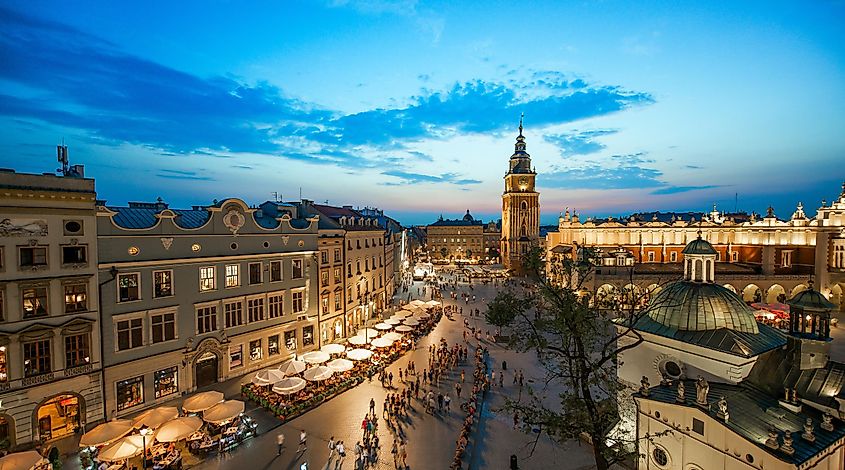
The name "Poland" refers to the fact that the Polans, a West Slavic tribe, lived in the area now known as Western Poland around the 9th century. This was in the Warta River basin, today in western Poland. The word "pole" is a Proto-Slavic term meaning "open area" or "plains," indicating that the first Poles were so-called "people of the fields."
Throughout history, the area known as Poland has gone by many names. These have included Rzeczpospolita, Sarmatia, Scythia, Polska, Polonia, Lehistan, Lenkija, and Lengyelorgszag, to name a few. Poland has had a brutal yet inspiring history: it was partitioned in the late 18th century only to emerge as an independent state in the aftermath of the First World War. It then suffered further under Nazi and Soviet occupation before finally becoming the modern nation-state of Poland that exists today.
Peru
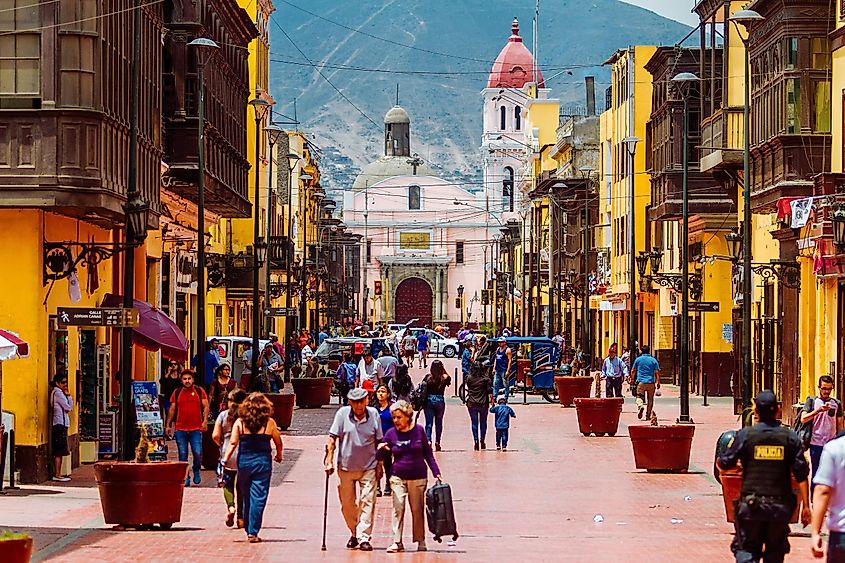
Peru gets its name from a Quechua Indigenous word. This term means “land of abundance,” referring to the riches of the Inca people who ruled this area for hundreds of years, possibly beginning in the 1200s and lasting until colonization by the Spanish in 1535.
Located Peru borders the nations Ecuador, Colombia, Brazil, Bolivia, and Chile in South America. Peru also has a lengthy coastline along the Pacific Ocean. Known for its mountainous terrain and stunning landscape, Peru exists as an amazing blend of both Spanish and Indigenous cultures.
Portugal
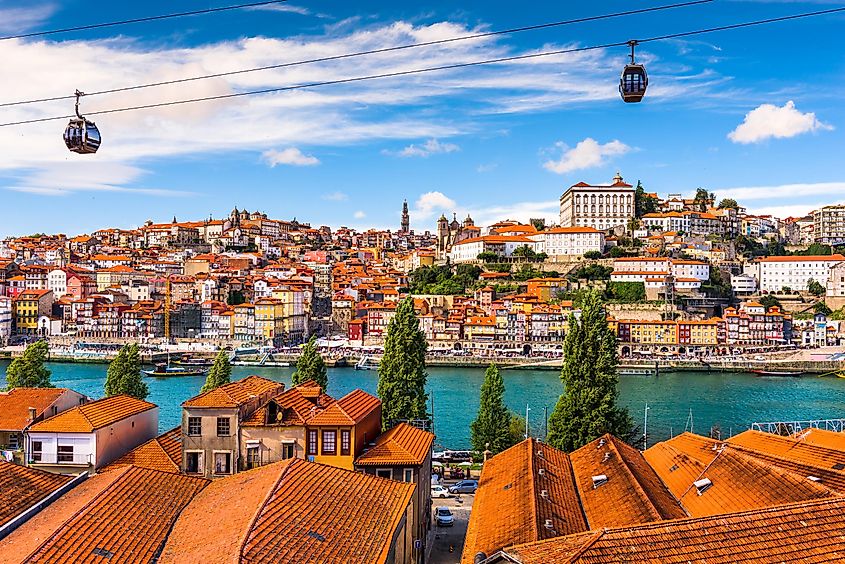
The name Portugal loosely means “beautiful port.” This nation is said to be named after its second largest city, Porto, called Portus Cale in Latin. "Portus" can be translated into English as “port,” and “Cale” has varying definitions. Some say it meant "warm" in Latin, others say it meant “tranquil,” and others still say the word refers to the Castro people, also known as “Callaeci” or “Gallaeci.”
Portugal can be found in the furthest western point of the Iberian Peninsula in Europe. Portugal has a rich history that dates back to the time of the Roman Empire and beyond. Portugal's capital city Lisbon, has become a tourist hotspot in recent years thanks to its affordable attractions, great weather, and lovely food.
Papua New Guinea
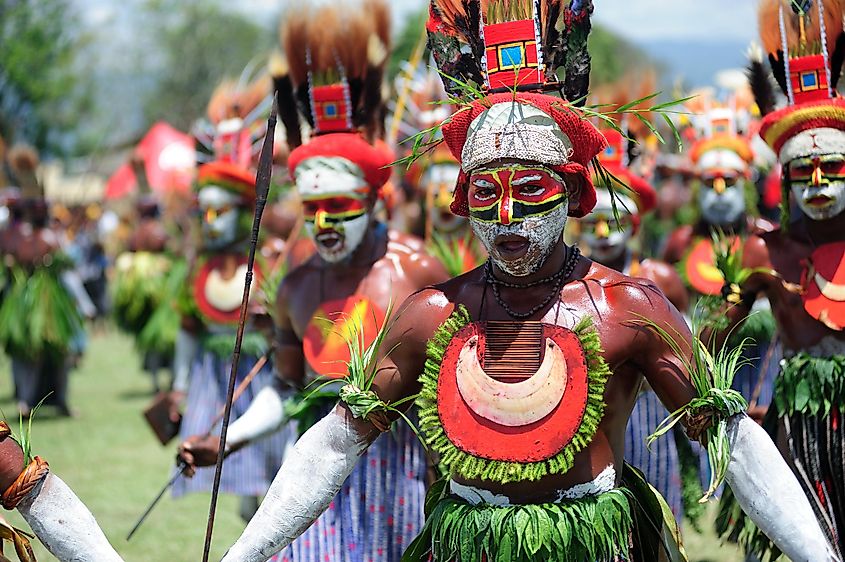
Papua New Guinea got its present name in the 1500s when the Portuguese explorer Jorge de Meneses first came upon it. De Meneses referred to one of the islands as the "Ilhas dos Papuas" which translates to the "land of fuzzy-haired people." A few decades after this, another explorer came to the islands and called it New Guinea, as he found the people, who were of Melanesian ancestry, to resemble those he had seen in Guinea, Africa. Hence, we now have “Papua New Guinea.”
Papua New Guinea is located in Oceania just north of Australia. The country of Papua New Guinea occupies one-half of the island called New Guinea, along with smaller islands near it. Papua New Guinea is still home to many native tribes all of whom share a unique and fascinating culture. Despite being so small, Papua New Guinea is incredibly diverse in more ways than one.
Paraguay
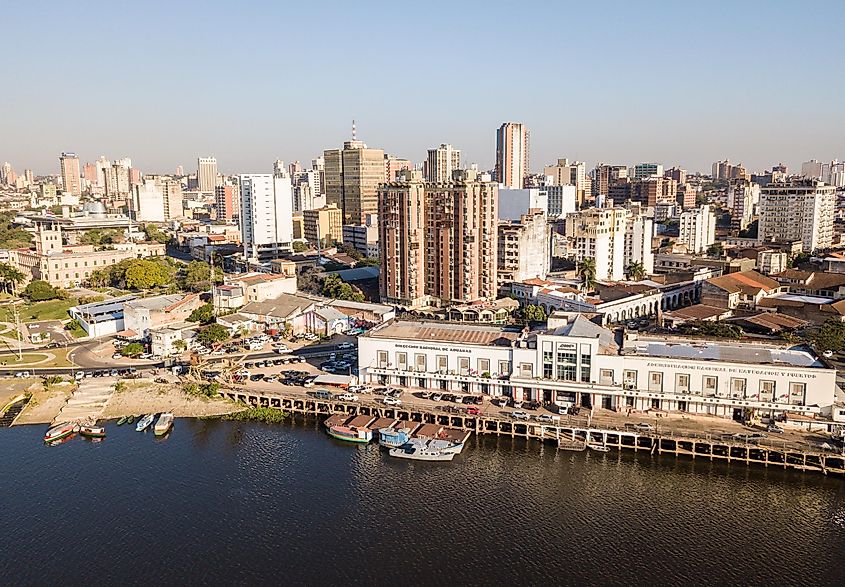
Its name is said to originate from the Guaraní language of its people. In it, "para" means "water," and "guay" means "birth." The country is said to be named after its principal waterway, the Paraguay River, which is the birthplace of a lot of the country’s water, a mainstay for life.
Paraguay is one of the smallest nations in South America. Bordering Brazil, Bolivia, and Argentina, Paraguay was once significantly larger than it is today but lost large swathes of its land to its neighbors after a disastrous war in the 19th century.
Panama
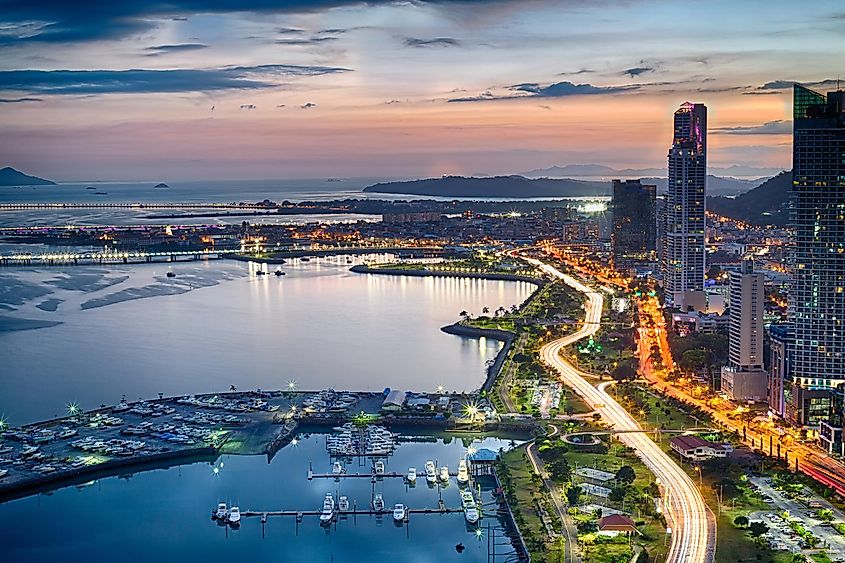
The name "Panama" is said to come from an Indigenous word meaning “abundance of fish,” originating from the country’s first inhabitants. This former Spanish colony has had significant US influence throughout its existence, and it is now a melting pot of Indigenous, Spanish, and American/English language, culture, and traditions.
The world-renowned Panama Canal is the lifeblood of the Panamanian economy. Every year, 800,000 ships from around the world travel through the narrow passageway into the Pacific and Atlantic Oceans. Finishing construction in 1914, the Panama Canal remains a technological marvel to this day.
Palau
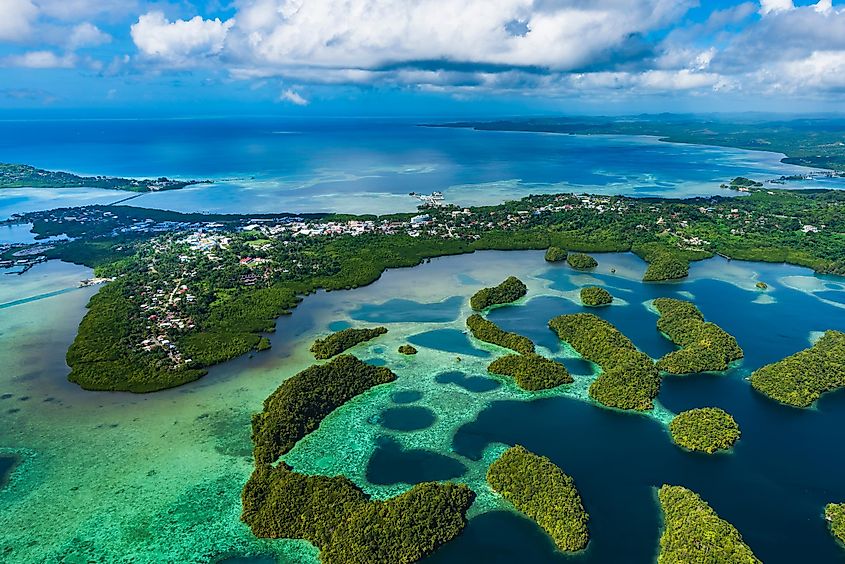
Palau gets its name from the Palauan word for "village" or "home." Palau remained isolated throughout most of its history until it came into contact with European explorers sometime in the 18th century.
Palau is a country that consists of hundreds of coral and volcanic islands in the Pacific Ocean, therefore, Palau is a tiny piece of tropical paradise. It became internally self-governing in 1981, the same year it adopted its own constitution, and in 1994 it became an independent state in free association with the US.
Final Thoughts
As with any family history, some facts regarding the origins of a country’s name are easy to uncover. In contrast, some others may still be disputed or could lie lost to the sunsets of yesterday, never really to be known. What is known is that every country, small or large, rich or poor, has something interesting about how it was developed, even if it starts with the letter P.











